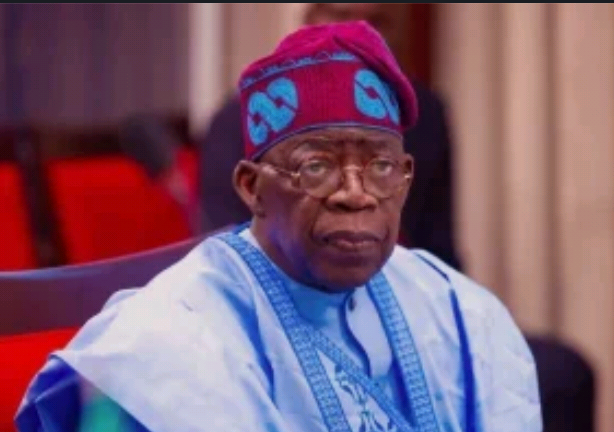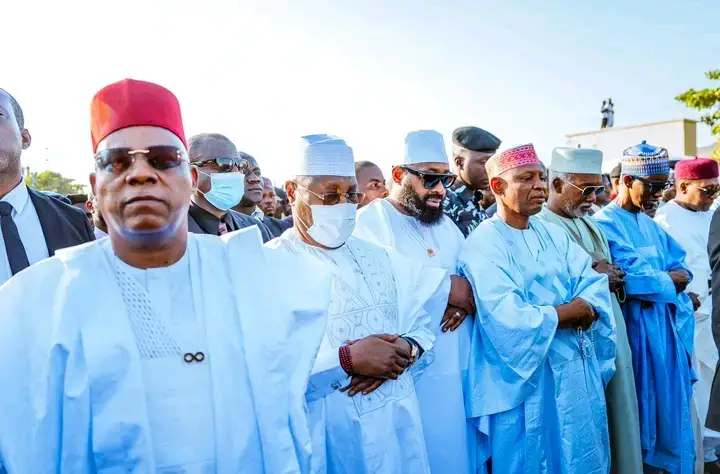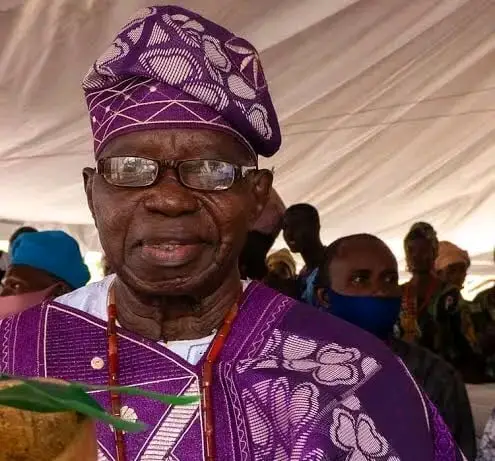
Troops Kill 4 Bandits, Arrest Police Collaborator in TarabaTroops of the 6 Brigade Nigerian Army have killed four armed militia members and arrested a police officer alleged to be collaborating with bandits terrorising the Karim Lamido Local Government Area of Taraba State.
The operation followed credible intelligence indicating a resurgence of long-standing land disputes between the Shomo and Wurkun communities, which escalated into armed clashes and destruction of property.
The troops responded swiftly, neutralising the attackers and recovering weapons, including dane guns, a fabricated AK-47 rifle, and ammunition.
The arrested police officer is undergoing investigation to determine his level of involvement. The Brigade commander commended the troops for their bravery and reaffirmed their commitment to restoring peace and stability in Taraba State.









































